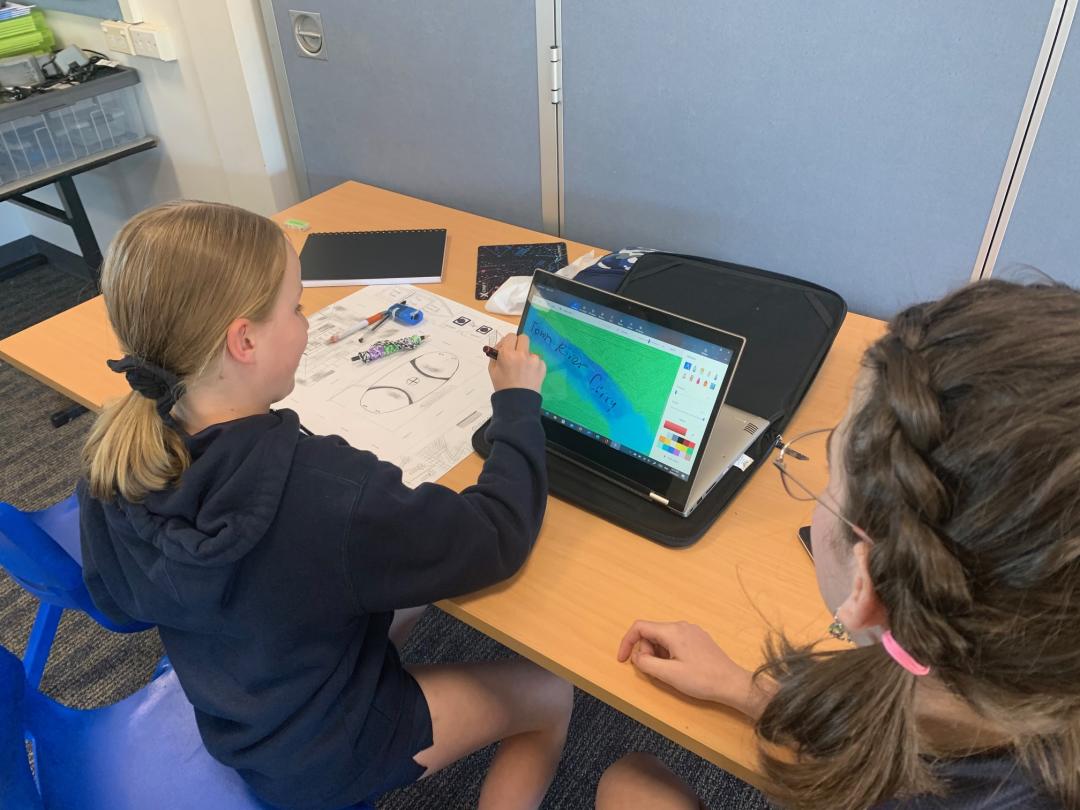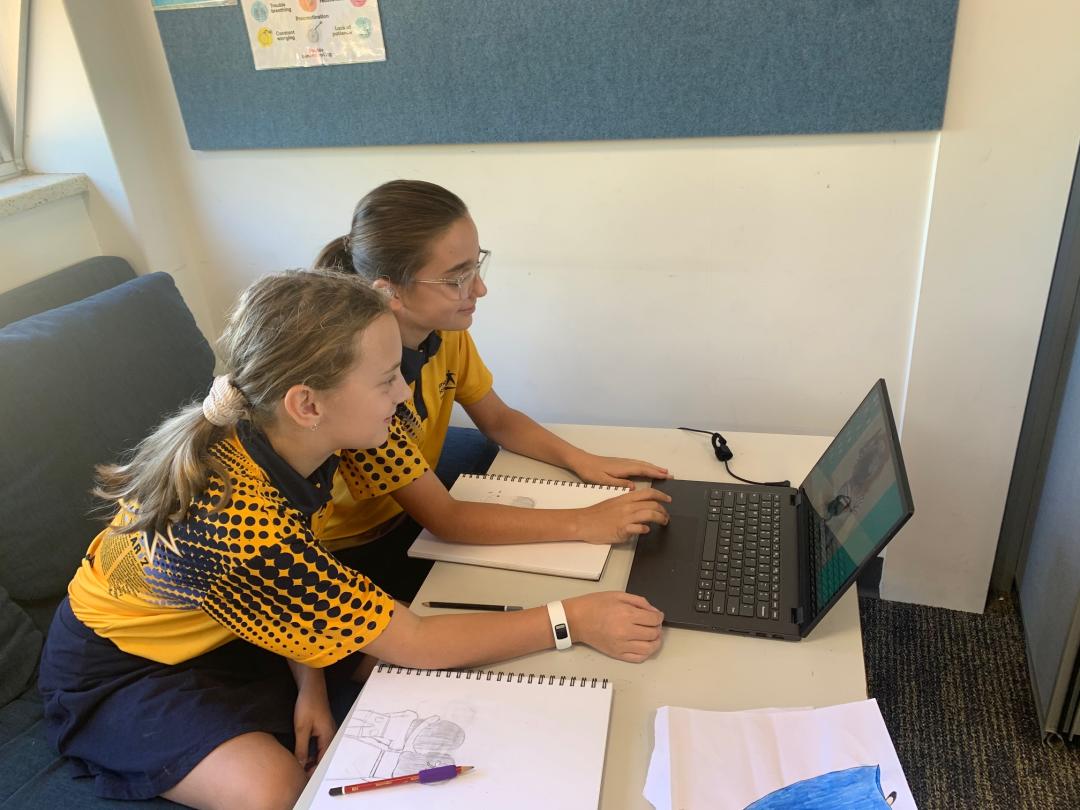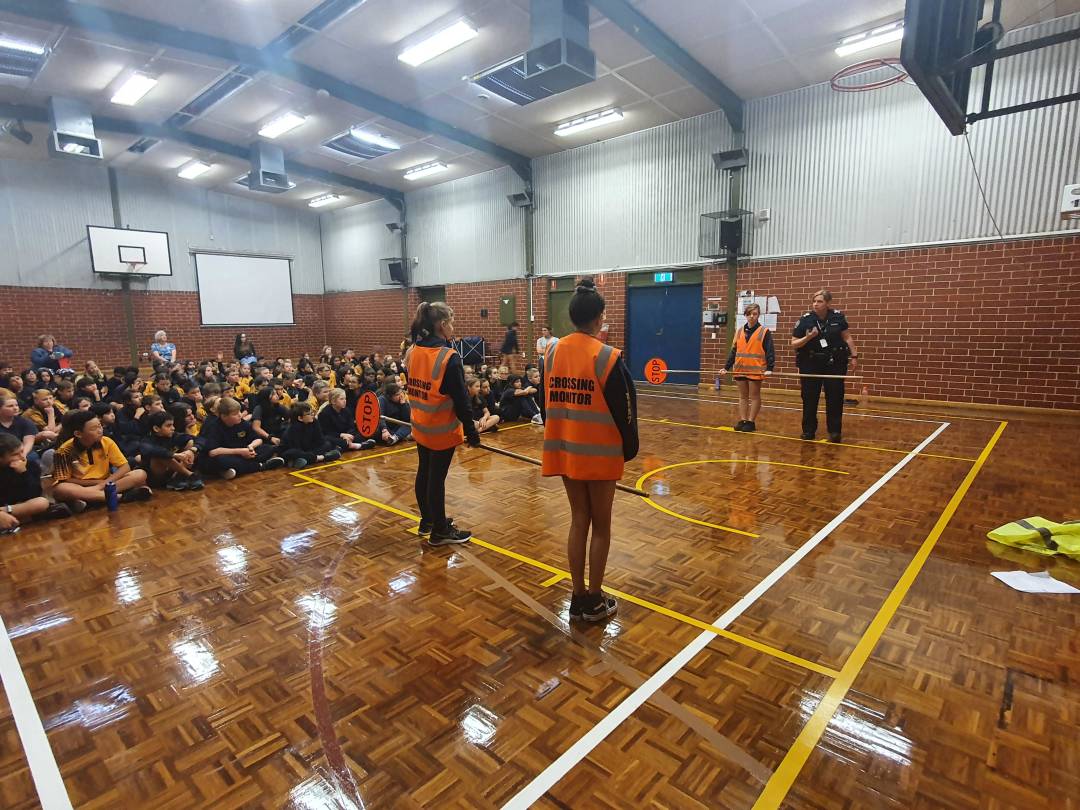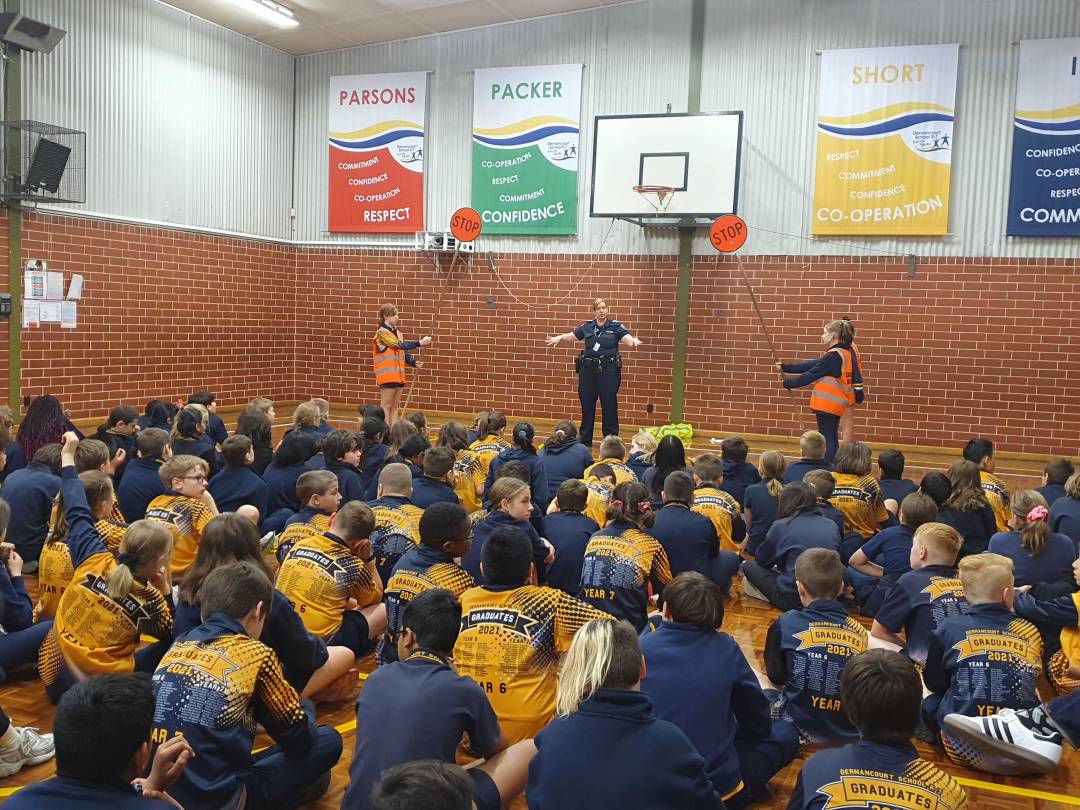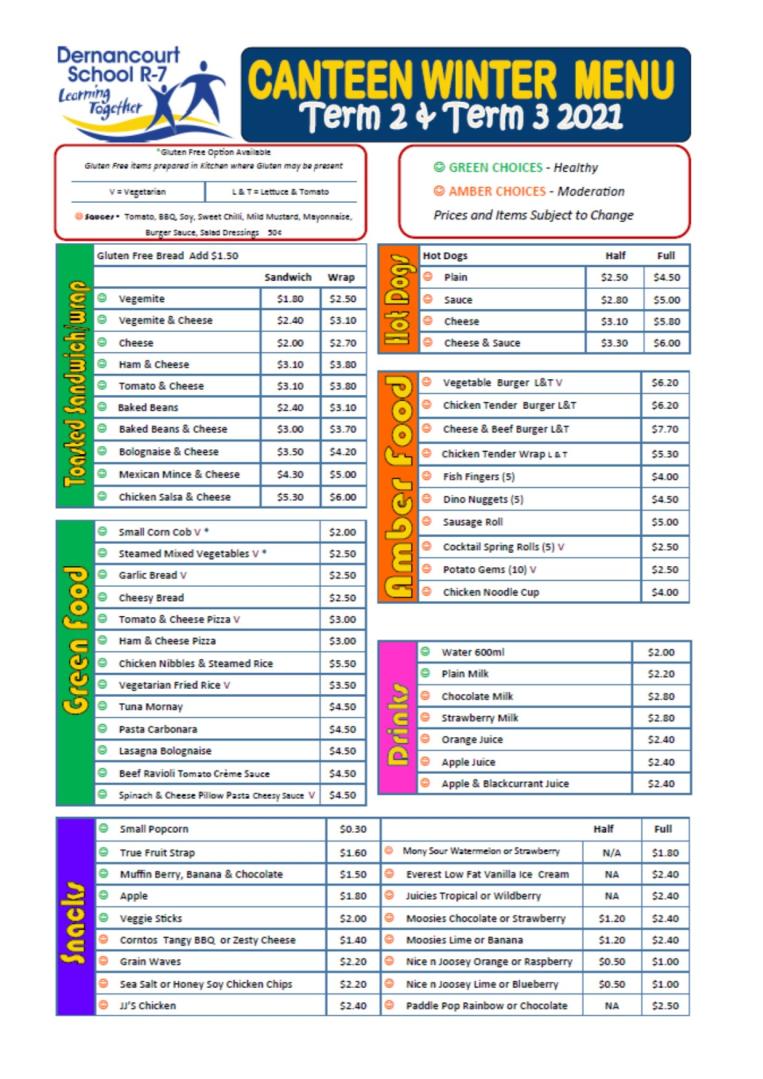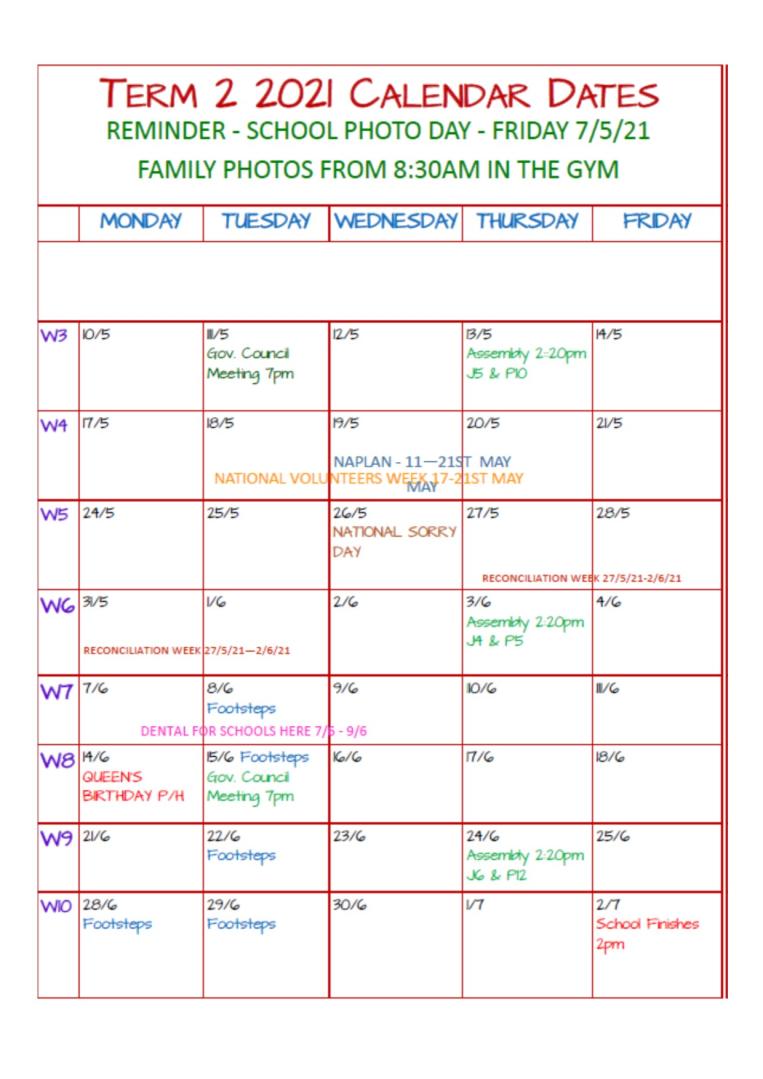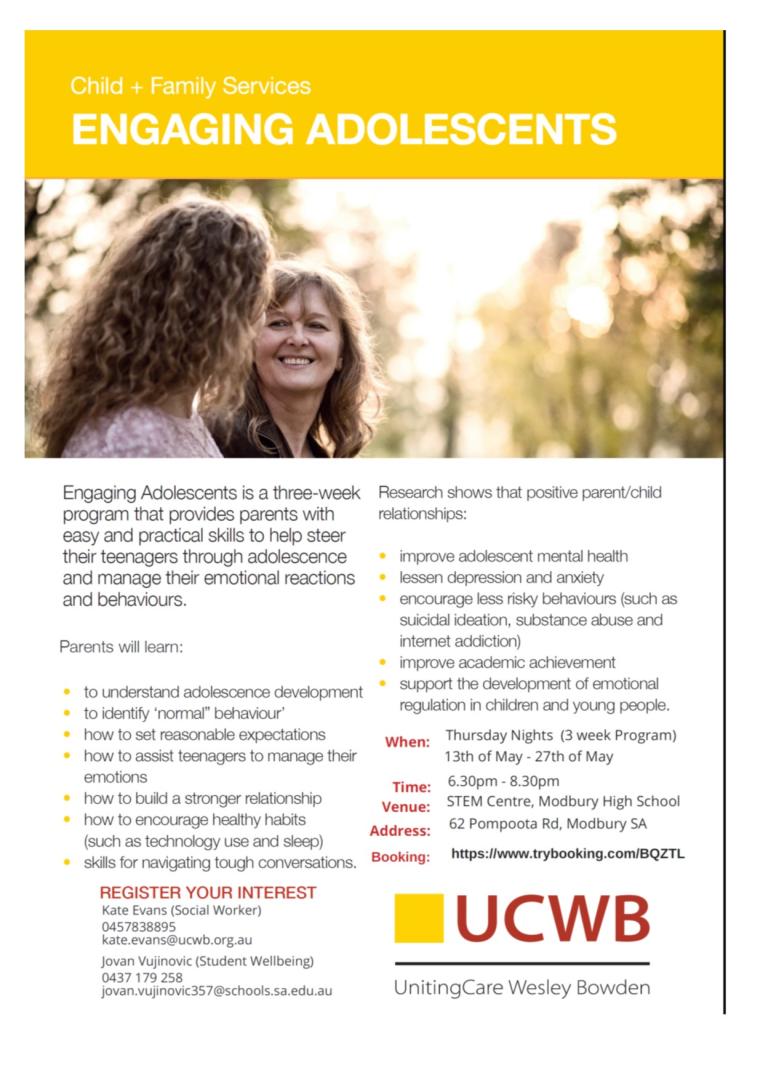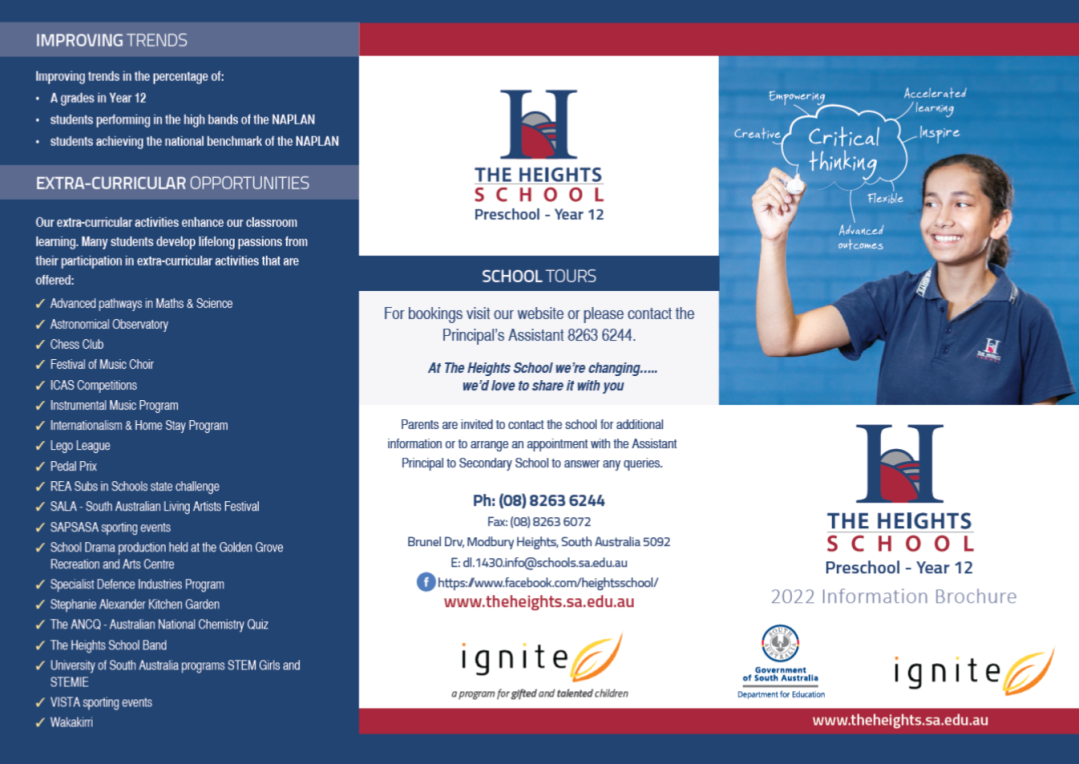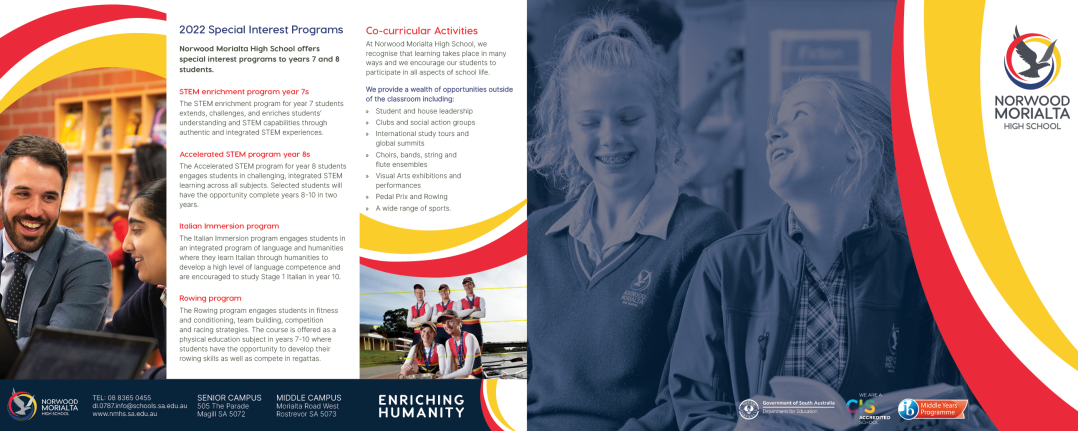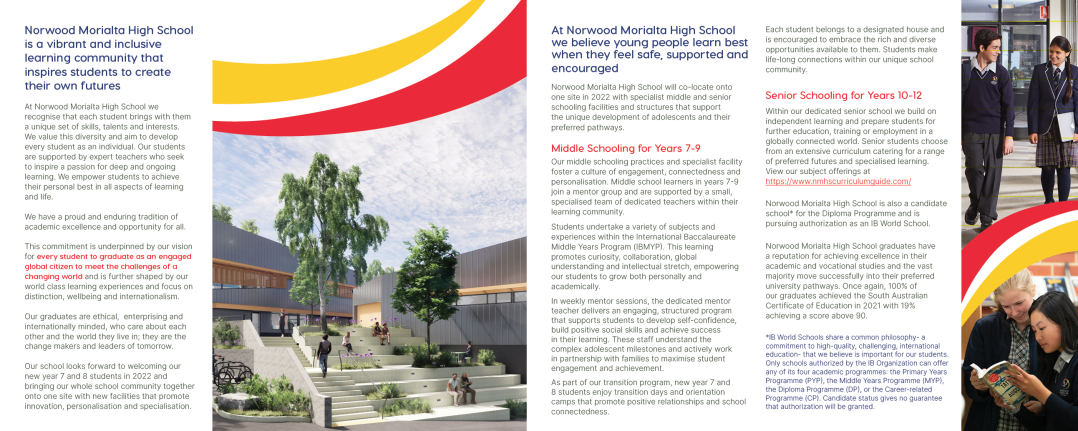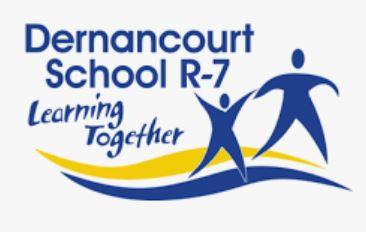Playing our part to build a national picture of child health
In early 2018, our school, along with thousands of others across the country will begin preparations for the fourth Australian Early Development Census (AEDC).
The AEDC measures five key areas of development in children during their first year of full-time school to build a national picture of health and wellbeing. Since 2009, the census results have helped communities, schools and governments plan services and target support for children and families.
Teachers are trained to assess each child and answer questions. Children don’t need to be present so no class time is missed, and parents/carers don’t need to supply schools with any new information for the census. Teachers’ individual assessments are then analysed by the AEDC and reported as anonymous groups of children in the final report.
In other communities across the country, census results have helped communities to plan new playgrounds and parental services; schools are seeing improved student performance through new literacy programmes; and governments are using the results as evidence to develop better policies for children.
Teachers have also noticed practical benefits in the classroom. Some said in previous years that completing the assessments made them more aware of the needs of individual children and the class as a whole. Others reported that the census results are useful in planning for transitions to Year 1 and for developing class programs.
Participation in the AEDC is voluntary. Parents/carers don’t need to take any action unless they choose not to include their children in the census.
To find out more about the census and how communities are using the data to help children and families visit the AEDC website: www.aedc.gov.au.
If you have any questions, you can contact your child's class teacher or Kellie Anderson on Kellie.Anderson815@schools.sa.edu.au

